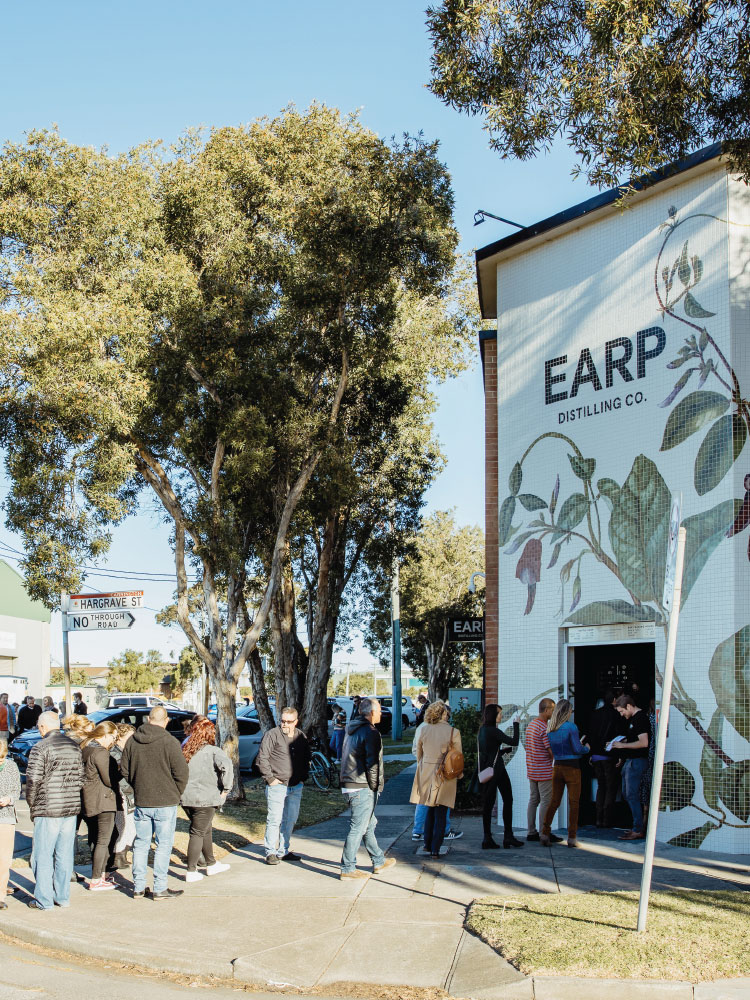Newcastle Living Magazine
Edition 11
Suburb Spotlight:
Carrington
Nestled along our scenic shores, Carrington has witnessed a fascinating historical evolution over the years. From its humble beginnings to its current vibrant state, the suburb has a rich tapestry of heritage, industrialisation, and community spirit. Carrington’s real estate landscape has undergone significant transformations too, shaping the suburb into the highly sought-after residential area it is today. But before that, let’s go back in time.

Originally known as the place of the wuna-r tee (or mud crab), Indigenous Australians used the land for fishing, gathering oysters and finding mud crabs. In the years to come, much like Indigenous Australians, European settlers were drawn to the area’s natural beauty and abundant resources. The suburb was eventually renamed Carrington in honor of Lord Carrington, the Governor of New South Wales at the time. It began as a quiet farming community, benefiting from fertile lands and proximity to the Hunter River, which facilitated agricultural pursuits.
Fast forward to the industrial revolution, rich coal deposits were discovered in the region. This paved the way for economic growth and the birth of businesses such as The Newcastle Coal Company. The demand for workers led to an influx of people, prompting the construction of workers’ cottages and terrace houses. These modest yet sturdy dwellings formed the backbone of a tight-knit community.
After the mining boom, the coal industry’s decline in the latter half of the 20th century signified economic uncertainty and a decline in property values. For a time this was considered the norm in the area, but recent decades have seen somewhat of a revival for the suburb.
With its proximity to the CBD, picturesque waterfront location and the preservation of historical charm, the area has seen a continuing interest from homebuyers and investors alike. Real estate prices have steadily risen, reflecting the demand for properties in this highly desirable area.
The repurposing of old warehouses into cafes, art galleries, and boutique stores has added a unique charm to Carrington. These transformations not only rejuvenated the suburb’s commercial landscape but also sparked an increase in property values. The waterfront area, once dominated by industrial operations, has been revitalised. With recreational spaces, parks and walking trails, these enhancements have become major selling points for people who chose to live here.
In recent years, Carrington has experienced an upward trend in real estate prices and market activity. The median house price in Carrington has risen steadily over the past four years, with a current median of $960,000, up 8.2% in the last year (realestate.com, 2023). This steady growth signifies a strong demand for properties in the area.
Carrington’s journey from a quiet settlement to a thriving and sought-after suburb showcases the power of adaptability and community spirit. The real estate landscape has played a pivotal role in shaping the suburb’s identity, with historical homes reflecting its heritage and repurposed warehouses adding a contemporary charm that just can’t quite be matched anywhere else.
Contact Brett Bailey

Licenced Real Estate
Agent and Auctioneer
